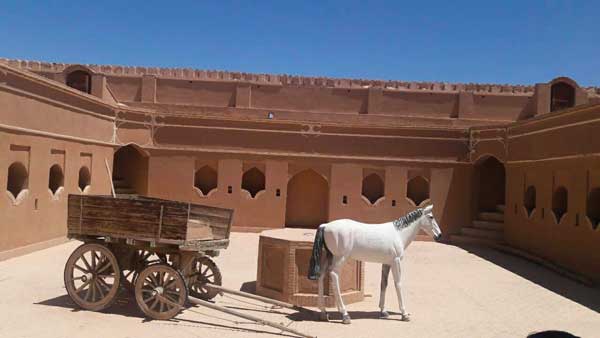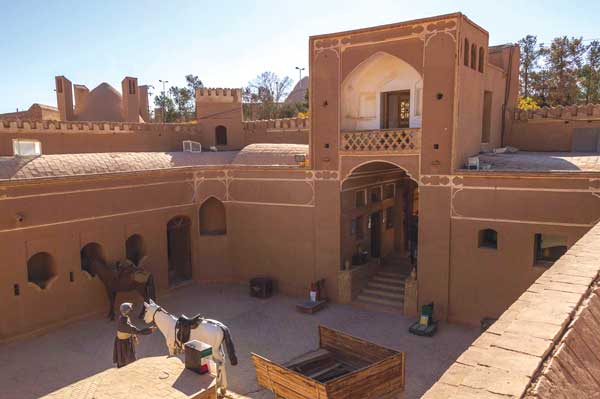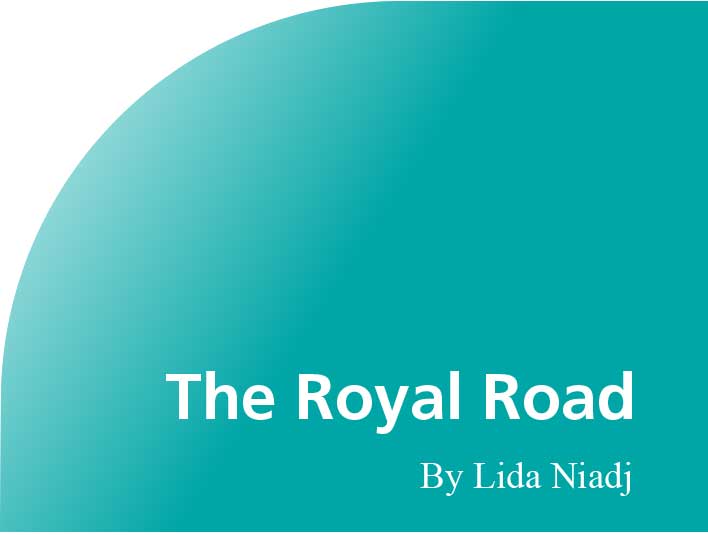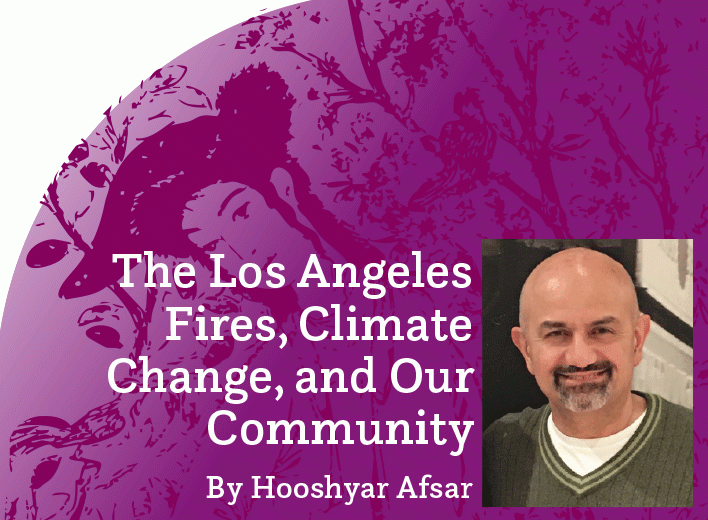By Lida Niadj
The importance of communication has always been a universal necessity, and humans worldwide just can’t seem to ever get it fast enough! “Fast” is a relative term depending on the era in which we live. Modern society relies on instant communication electronically. However, long before the convenience of electronic technology, the Persian Empire created the fastest communication system ever seen before in the world. This postal service system, known as The Royal Road, was a major factor in the strength of the empire because of its innovative efficient system, which became an inspiration for generations thereafter.

During the Achaemenid era (c. 550-330 BC), The Royal Road was built on the creativity of Emperor Cyrus the Great (c. 600-530 BC) in combination with later developments added by Emperor Darius the Great (c. 522-486 BC). The Royal Road was just that—the method of postal carrier communication throughout the massive empire to serve the Emperor’s royal needs in order to uphold the Empire’s strength. During this time, the post was strictly a government service carrying official mail and packages in sealed bags for administrative purposes only and was not available to civilians. Therefore, the messengers held the critical role of collecting, protecting, and delivering intelligence and valuable items at an efficient pace. The messengers’ duties even included service to the royal armies, securely escorting government officials to their posts, and issuing decrees. Thus, the importance of The Royal Road was great as it kept the emperor constantly aware of the happenings all over his empire, as well as providing the ability to proceed with simultaneous governing actions throughout the extensive land remotely.

The Royal Road encompassed several vastly-built paths, allowing the logistics to maneuver deliveries throughout the huge Persian Empire, which ranged from a part of India, through Central Asia, Anatolia (now Turkey), Greece, Egypt, and Ethiopia. In any era, disturbances, like theft, are always a problem; so one can imagine this issue during the Achaemenid era when the postal service routes were occasionally disrupted by rebellion, lack of security, or war. King Cyrus, being the great leader he was, found a way to minimize these interruptions to the imperative function of the empire. He learned how far a horse could travel by riding hard until its exhaustion and then used this distance as the route between the transfer stations operating as the intervals on The Royal Road. This created a relay technique for the couriers and horses to travel from dawn till dusk, immediately transferring the deliveries to the next well-rested couriers and horses, to continue the subsequent shift from dusk to dawn. The uninterrupted technique allowed deliveries to reach from one end of a road to the other within a few days, covering up to over 1,600 miles (2,700 km).
At its time, this enormous path with its relay technique introduced The Royal Road as the most extraordinary, efficient, and successful communication system in the world. The Greek historian Herodotus, at the time of the Achaemenid King Xerxes (r. 486 to 465 BC), expressed his impressed outlook on The Royal Road as such: “Now there is nothing mortal that accomplishes a course more swiftly than do these messengers, by the Persians’ skillful contrivance. It is said that as many days as there are in the whole journey, so many are the men and horses that stand along the road, each horse and man at the interval of a day’s journey; and these are stayed neither by snow nor rain nor heat nor darkness from accomplishing their appointed course with all speed. The first rider delivers his charge to the second, the second to the third, and thence it passes on from hand to hanḍ.”
The transfer stations along The Royal Road were known as Chapar Khaneh, meaning Courier House. These were buildings mostly made from raw cob bricks and clay. Cob bricks were wisely chosen because they are high density, providing the benefits of high thermal mass (keeping the houses cool in the summer and warm in the winter), sound insulation, and absorption of odors and water vapor. Hence, the buildings provided a suitable environment for the riders and horses to rest well in order to recover for their next shift. The building contained horse stables surrounding a central yard, with residents to care for the facilities. For the security of the packages, riders, and horses, the buildings also had guard towers and barracks occupied by guards and commanders.
Chapar Khanehs are no longer used, but can still be seen, now in the form of monuments, throughout the region in what is now Iran. One of them is open as a museum which can be visited in the ancient city of Meybod, 37 miles (60 km) north of Yazd Province in Iran. It is a popular one to visit as it presents the history of the Chapar Khaneh of The Royal Road period, as well as the gradual advancements of communication, embracing replicas of the horses, post, historical documents, stamps, telegraph instruments with the telegraphs, and telephones. To be able to see how communication gradually advanced throughout history, with each era having its “most efficient way possible,” reminds us that we never know what the future possibilities are. Imagine what the emperors of The Persian Empire would have thought of emails!

















